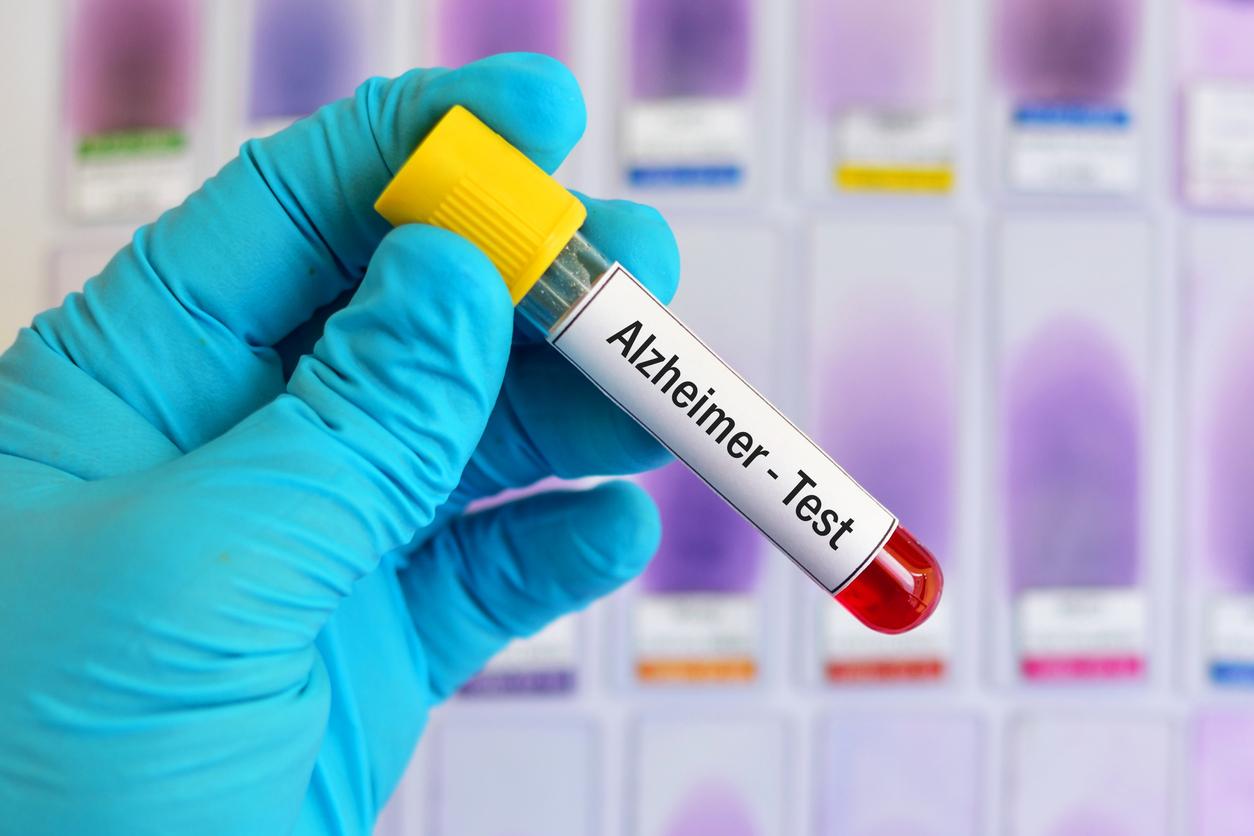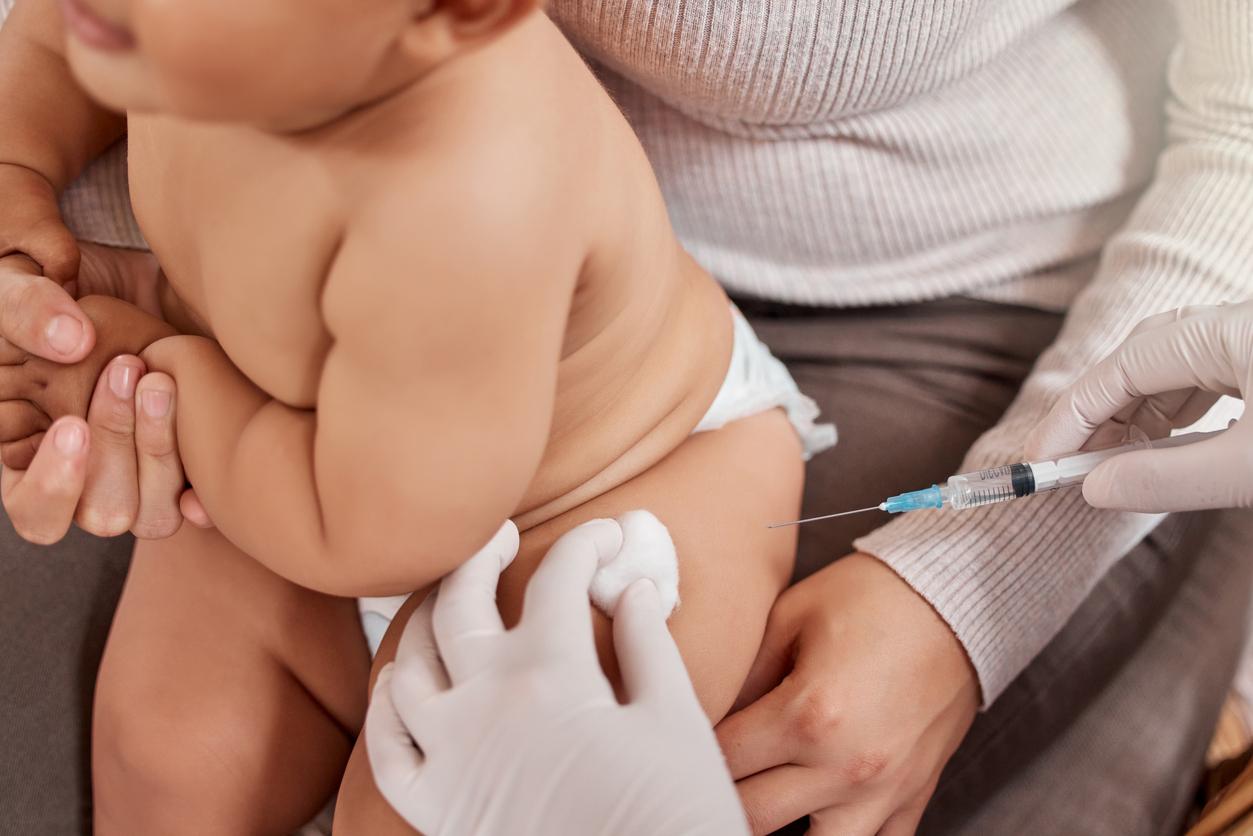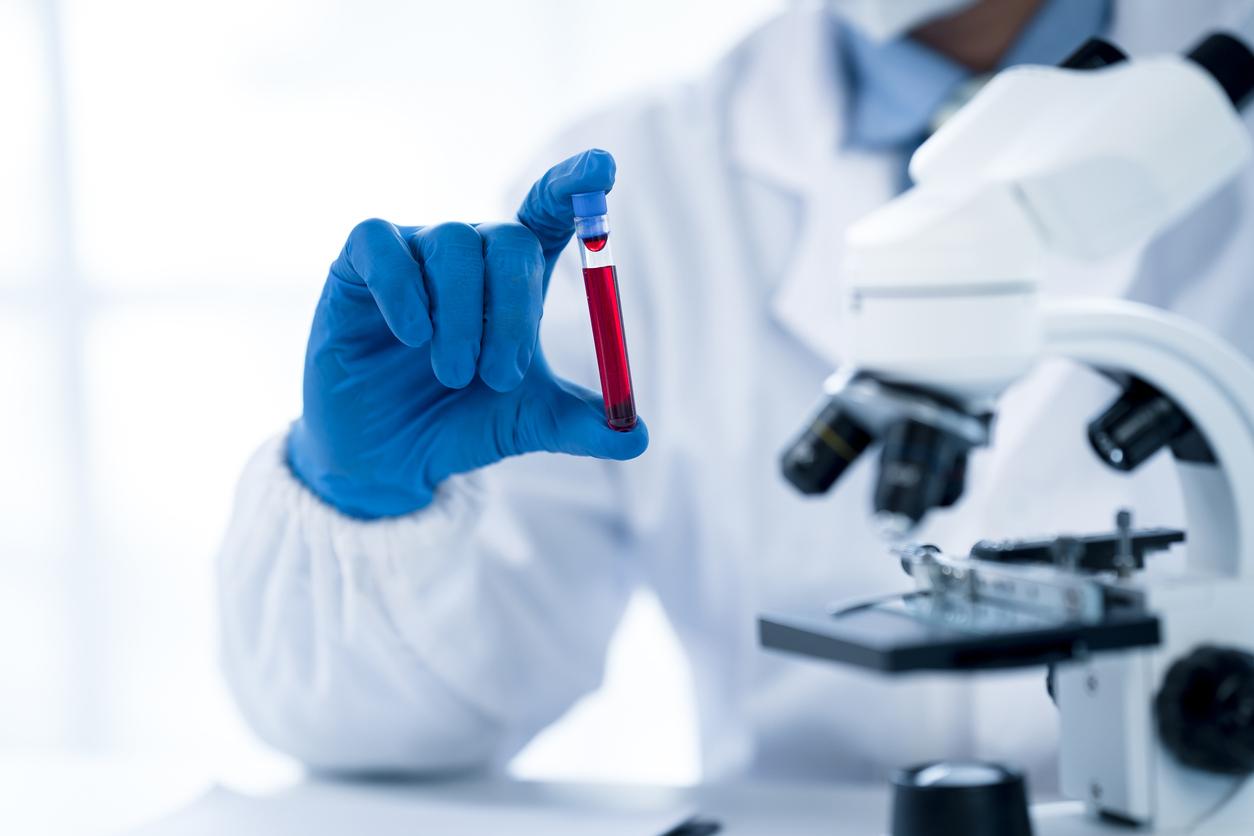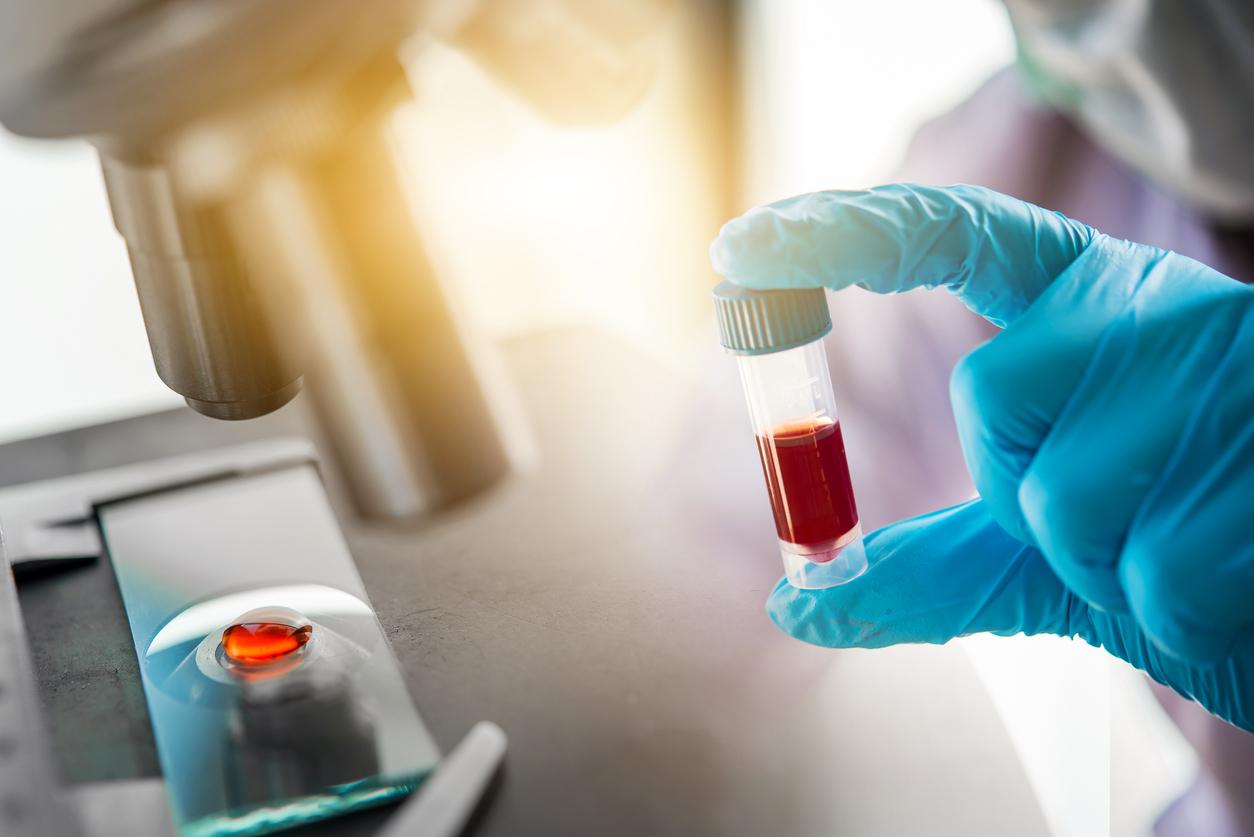Scientists have discovered predictive factors – or biomarkers – sudden infant death syndrome, visible in simple blood tests, and which could ultimately detect the most risky babies.
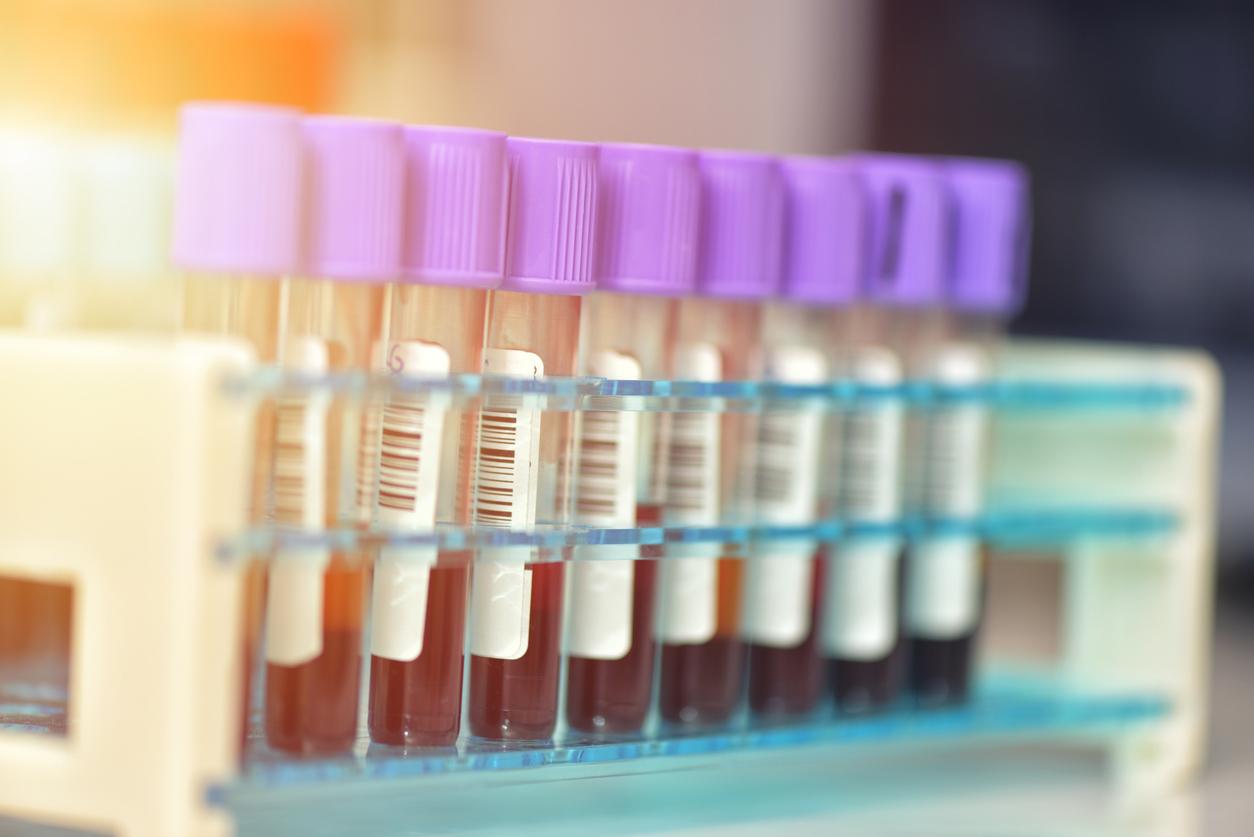
- Scientists have identified biomarkers in the blood of babies who could predict the risk of sudden infants.
- These discoveries open the way to blood tests to detect infants at risk.
- However, additional research must be carried out to validate these biomarkers in other cohorts.
Sudden infant death syndrome is the first cause of mortality in infants between 1 month and 1 year, according to the MSD manual. This cause represents 35 to 55 % of all deaths in this age group. So far, doctors have not been able to prevent this event, the reason for which remains unknown.
Biomarkers visible in the blood
But a new study, published in the journal ebiomicinecould change things. Researchers of The University of Virginiain the United States, have just discovered predictive factors – or biomarkers – sudden infant death syndrome, present in the blood of babies.
During their study, scientists analyzed the blood samples taken from 300 infants who died from sudden death syndrome. Thus, they managed to identify specific biological indicators, these biomarkers, linked to the death of babies.
“” “To date, our study is the largest to have tried to identify these small molecules in the blood [et la façon dont elles] can serve as biomarkers of the sudden infant death syndrome, indicates Keith L. Keene, one of the authors, in a press release. Our results show the role of several key biological routes and give an overview of how these biological processes can help increase the risk or serve to diagnose sudden infant death syndrome.»
Towards blood tests to identify babies at risk of sudden death
During their work, the researchers adjusted the factors likely to bias the results, such as age, sex or even the ethnic origin of babies. Thus, they identified 35 predictors of the sudden infant death syndrome. Among these biomarkers, there was for example ornithin, a substance that eliminates ammonia in the urine.
These results could open the way to blood tests using these biomarkers to identify baby at risk and avoid the sudden death of infants. But researchers warn that before that, additional research must be carried out to validate these biomarkers in other cohorts.
“” “We hope that this research will lay the foundations to help identify, thanks to simple blood tests, infants who have a higher risk of sudden infants, and to save these precious lives”Concludes Fern R. Hauck, one of the authors.









